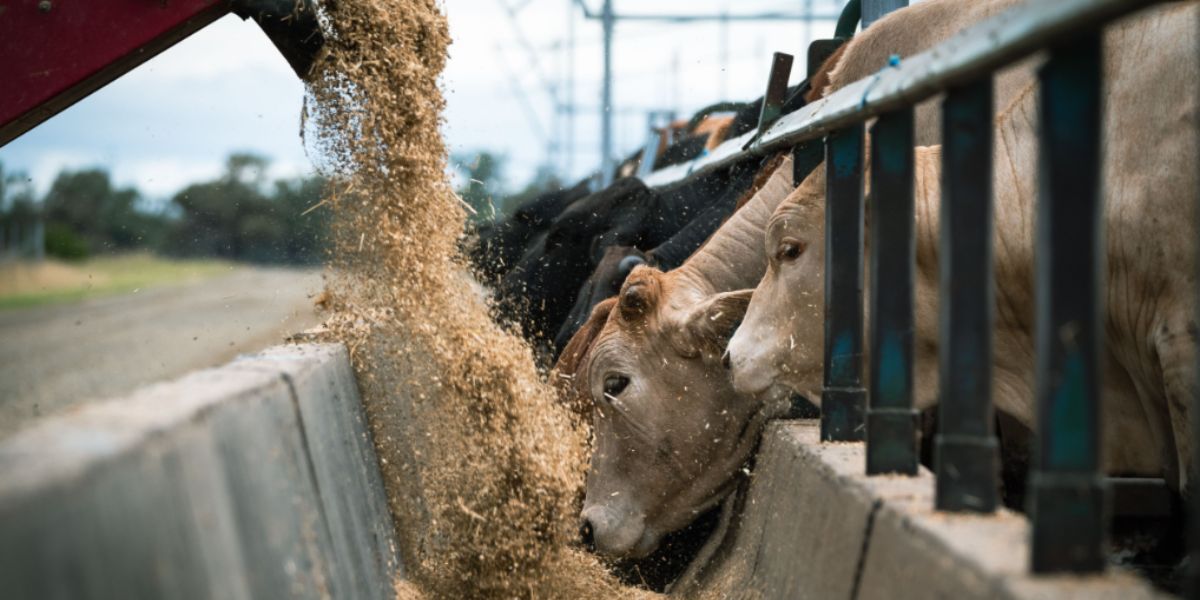The Australian Bureau of Statistics (ABS) has released the latest statistics on livestock slaughtered and red meat production, which, according to Meat & Livestock Australia (MLA) has confirmed a historic period for the red meat sector.
Financial year 2024-2025 has seen beef production reach an all-time high, lamb slaughter maintained near-record levels, and mutton throughput surging to its highest volume since 2007.
The results reflect the strength, resilience, and strategic adaptability of Australian producers across diverse seasonal conditions, according to MLA’s Acting Market Information Manager, Erin Lukey.
“These results show that continued adoption of new technology and innovation on-farm, along with investments in supply chain efficiency, are continuing to pay dividends across the supply chain,” Ms Lukey said.
“Despite seasonal challenges in some parts of Australia, the industry has delivered record beef production and maintained strong lamb and mutton throughput.”
Cattle sector surges to historic highs
Australia processed 8.88 million head of cattle in FY25, which is the third-largest annual slaughter since 1978 and the highest since the drought-driven peak in 2015.
The June quarter saw 2.3 million head processed, which is an 8 per cent increase on the previous quarter and 10 per cent higher than the same period last year.
Queensland led the charge, lifting throughput by 13 per cent to over 1 million head, while New South Wales, Victoria, and Tasmania all recorded their strongest quarters in over a decade.
Beef production hit an all-time high of 2.75 million tonnes for the financial year, surpassing the previous record set in 2015.
The June quarter alone produced 717,891 tonnes, the largest quarterly output on record, driven by improved productivity and record feedlot turnoff.
Despite the surge in production, national carcase weights dipped to 307kg, reflecting seasonal trends and a higher proportion of female cattle in the processing mix.
The female slaughter rate (FSR) rose to 54 per cent, with New South Wales and Victoria posting record rates, sitting 14 per cent and 17 per cent above their long-term averages respectively.
Lamb sector holds strong despite seasonal challenges
Lamb slaughter totalled 26.06 million head in FY25, marking the second-largest financial year on record. The latest quarter saw a slight 2 per cent decline quarter-on-quarter, the full-year figures demonstrate sustained strength across most states.
New South Wales, South Australia, Western Australia, and Tasmania all recorded quarterly increases, with Tasmania up 18 per cent to its highest kill since June 2016. Victoria saw an 8 per cent decline, attributed to earlier turnoff decisions and dry seasonal conditions.
“The lamb sector continues to show strength despite seasonal variability,” Ms Lukey said.
“Producers are adapting to dry conditions and making strategic decisions around turnoff timing.”
FY25 lamb production reached 624,549 tonnes, down 4 per cent on FY24 but still the second-largest annual output. Heavier carcase weights, averaging 24.8kg, helped offset lower slaughter volumes.
“We’re seeing heavier lambs being processed as producers respond to pasture limitations by finishing animals on grain earlier,” Ms Lukey said.
“This has helped maintain production levels even as slaughter numbers eased.”
Mutton sector reflects southern destocking trends
FY25 saw 11.7 million head of sheep processed, the highest volume since FY07, with Victoria’s 4.4 million head marking its largest annual turnoff since 1981. Western Australia also posted its highest annual kill since 2008, despite a sharp slowdown in the June quarter.
“The mutton data reflects significant destocking pressure, particularly in southern regions,” Ms Lukey said.
Mutton production for the year rose 12 per cent year-on-year to 294,757 tonnes, with New South Wales and Victoria accounting for 73 per cent of national output. Q2 production fell 20 per cent, continuing a downward trend from the Q4 2024 peak.
Average sheep carcase weights declined to 23.9kg, the lightest since Q1 2019, with New South Wales averaging 26.2kg and Victoria 21.5kg.
“While production has eased, the overall financial year figures show how producers have managed through challenging conditions,” Ms Lukey said.
“It’s a reflection of the industry’s resilience and forward planning.”
Read all the way through to the end of the story? So did lots of other people. Advertise with New England Times to reach New England locals who are interested and engaged. Find out more here.

